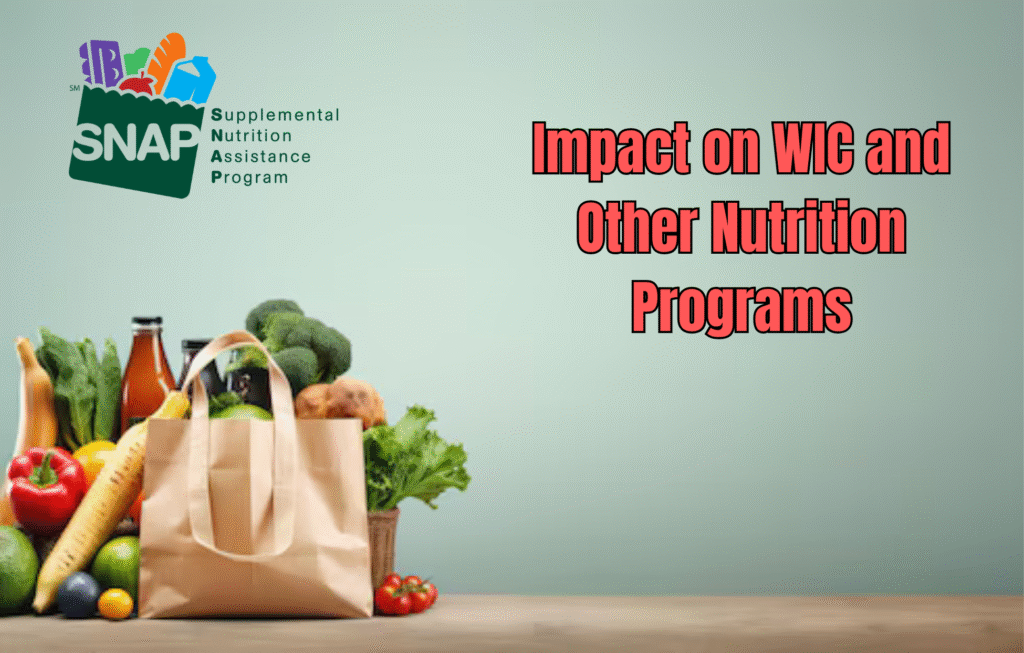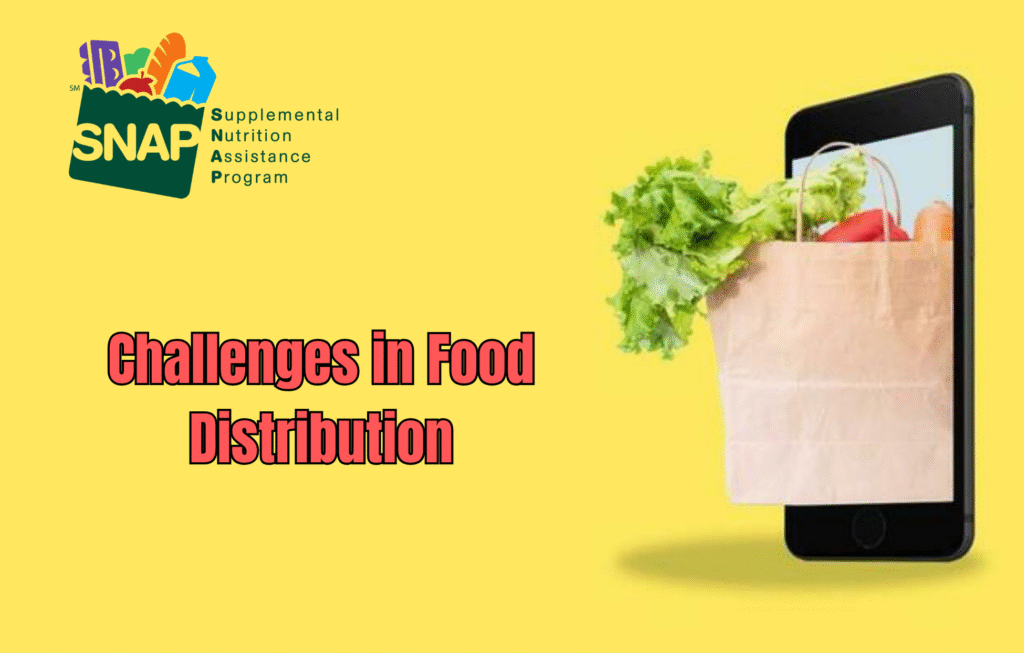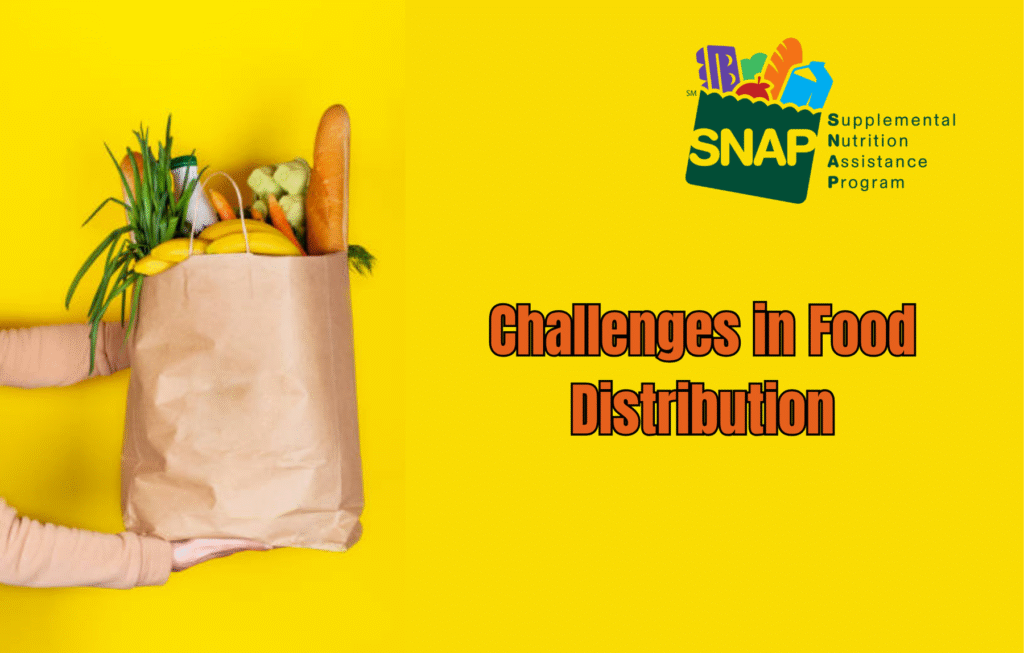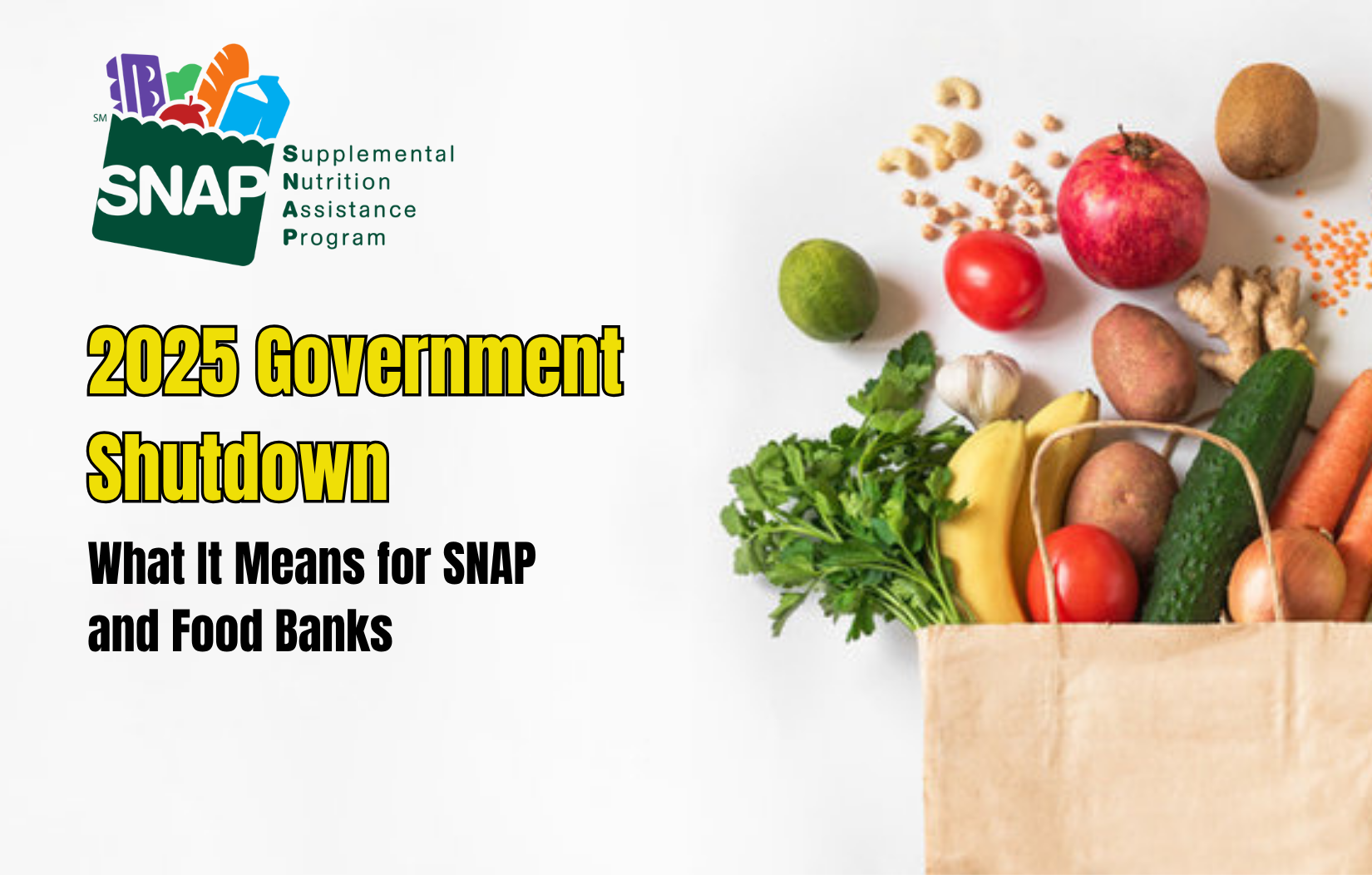How a Government Shutdown Impacts SNAP Benefits and Food Banks in 2025
As of October 1, 2025, the United States entered a federal government shutdown due to a failure by Congress to pass a funding agreement. This shutdown has significant implications for essential services, particularly for low-income families relying on food assistance programs like the Supplemental Nutrition Assistance Program (SNAP) and Women, Infants, and Children (WIC). Additionally, food banks across the nation are facing increased demand and operational challenges.
Immediate Effects on SNAP Benefits
Initially, SNAP recipients experienced no disruption. The U.S. Department of Agriculture (USDA), which administers SNAP, confirmed that core nutrition programs would continue during a lapse in federal appropriations, subject to the availability of funding. Consequently, October benefits were issued as usual.
However, the situation is fluid. The USDA’s contingency plan indicates that SNAP funding could be depleted after 30 days if the shutdown persists. This means that while benefits for October were disbursed, there is uncertainty regarding the continuation of benefits in November and beyond.
Impact on WIC and Other Nutrition Programs

The Special Supplemental Nutrition Program for Women, Infants, and Children (WIC) faces more immediate challenges. WIC relies on quarterly funding from the USDA, and with the shutdown occurring at the start of the fiscal year, only $150 million in contingency funds are available. These funds are expected to be exhausted quickly, potentially leaving many states unable to support the program.
Other federal nutrition programs, such as The Emergency Food Assistance Program (TEFAP) and the Commodity Supplemental Food Program (CSFP), are also at risk. These programs are vital for food banks and community organizations that distribute food to low-income individuals and families. A prolonged shutdown could disrupt the supply of food to these organizations, exacerbating food insecurity.
Strain on Food Banks and Community Organizations
Food banks across the country are already experiencing increased demand due to rising food costs and economic uncertainty. The shutdown exacerbates these challenges. For instance, in Imperial County, California, the local food bank anticipates a surge in demand as federal nutrition programs face potential delays. Executive Director Sara Griffen noted that if the shutdown continues, the food bank will have to rely more heavily on donations and purchased food, as federal support diminishes.
Similarly, in Hawaiʻi, where nearly one in three households faces food insecurity, the shutdown threatens to push more families into crisis. The Hawaiʻi Foodbank warns that a prolonged shutdown could disrupt critical nutrition programs, further straining the organization’s ability to meet the needs of the community.
Nationally, food banks are bracing for increased demand. The Houston Food Bank, the largest distribution among Feeding America partners, projects significant losses due to funding cuts. CEO Brian Greene estimates that the organization could lose around $4 million this year, including $3 million for food storage and distribution, and $7 million supporting local farmers and producers. These losses could result in 40 fewer truckloads of key produce and protein each month.
Challenges in Food Distribution

The shutdown not only affects the availability of food but also the logistics of distribution. Federal funding cuts have led to the cancellation of scheduled deliveries to food banks. For example, in Vermont, the USDA canceled 12 truckloads of food intended for the Vermont Foodbank, representing approximately 15 to 20% of the goods provided by the federal government. This disruption affects about 80 community partners across the state.
Additionally, food banks are facing increased operational costs. The Houston Food Bank, for instance, is dealing with rising expenses related to food storage and distribution. These challenges are compounded by the need to support local farmers and producers, who are also affected by the broader economic impacts of the shutdown.
Long-Term Implications

If the government shutdown persists, the long-term implications for food assistance programs and food banks could be severe. A prolonged disruption in SNAP and WIC funding would leave millions of Americans without essential support, leading to increased food insecurity. Food banks, already operating under strained conditions, would face insurmountable challenges in meeting the growing demand.
Moreover, the cancellation of federal nutrition programs like TEFAP and CSFP would limit the resources available to community organizations that play a crucial role in food distribution. Without these programs, food banks would have to rely entirely on donations and local support, which may not be sufficient to meet the needs of the population.
Call to Action
The current situation underscores the importance of federal nutrition programs in combating food insecurity. Individuals and communities can take several actions to support those affected by the shutdown:
- Advocate for Funding: Contact elected representatives to urge them to prioritize funding for SNAP, WIC, and other nutrition programs.
- Support Local Food Banks: Donate food, funds, or time to local food banks and community organizations.
- Stay Informed: Monitor updates from the USDA and local agencies regarding the status of food assistance programs.
- Volunteer: Offer assistance to food distribution efforts in your community.
Collective action can help mitigate the impact of the shutdown and ensure that vulnerable populations continue to receive the support they need.
This shutdown highlights how vital federal nutrition programs and food banks are to millions of Americans. The continuity of these services is critical to addressing food insecurity and supporting communities in need, especially during times of economic uncertainty.
FAQs
1. How does the 2025 government shutdown affect SNAP benefits?
SNAP benefits continued for October 2025, but funding may run out if the shutdown lasts beyond 30 days, risking interruptions for November and future months.
2. What challenges does WIC face during the shutdown?
WIC relies on quarterly funding and only has $150 million in contingency funds, likely insufficient to support many states if the shutdown continues, risking program disruptions.
3. How are food banks impacted by the shutdown?
Food banks face increased demand and reduced federal support, forcing reliance on donations and purchases, while struggling with higher operational costs and disrupted food deliveries.
